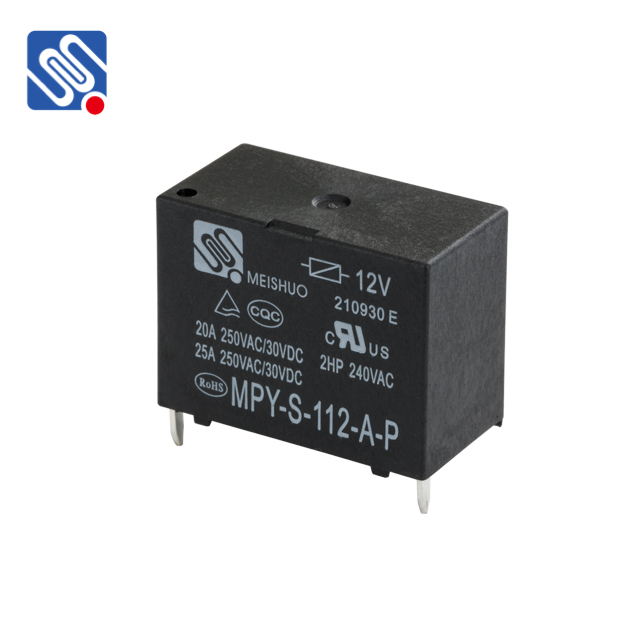Relays are essential components in electrical systems, commonly used to control a wide variety of devices by using an electrical signal to activate or deactivate a circuit. One of the critical specifications when selecting a relay is its voltage rating, which determines the safe operating voltage levels for both the coil and the contacts. This article will delve into the significance of relay voltage ratings, focusing on how they impact performance and reliability.

What is a Relay Voltage Rating? The relay voltage rating refers to the maximum and minimum voltages that a relay can handle during its operation. There are two primary types of voltage ratings to consider: Coil Voltage Rating Contact Voltage Rating Both ratings are crucial for ensuring that the relay operates effectively and doesn’t suffer from damage due to over-voltage or under-voltage conditions. Let’s take a deeper look into each of these. 1. Coil Voltage Rating The coil voltage is the voltage applied to the relay’s coil to energize it and allow it to close or open its contacts. It is typically available in both AC and DC voltage options, and it’s essential to match the coil voltage of the relay to the voltage of the control circuit that will energize the relay.